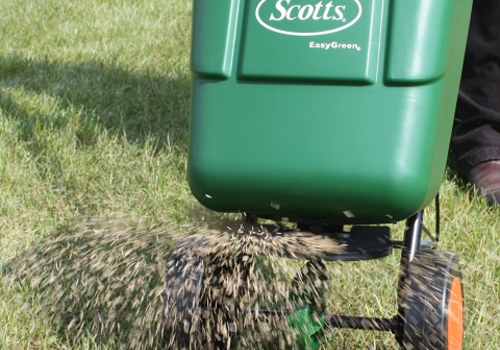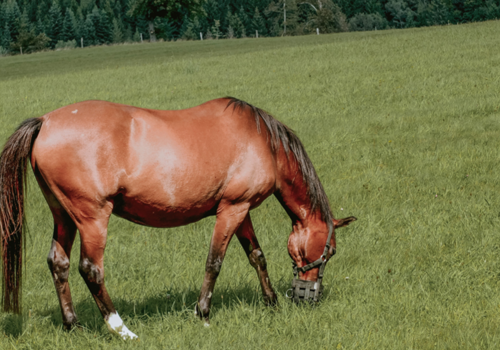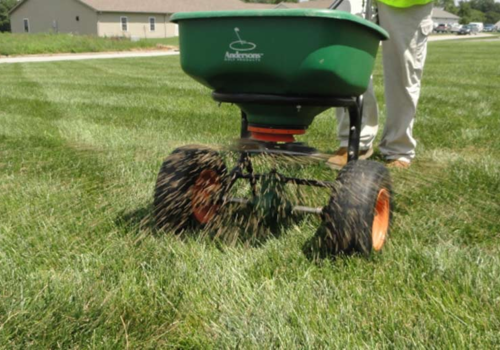Wildflower turf is the perfect option for anyone looking to create a stunning wildflower meadow in their garden with minimal effort. By choosing wildflower turf, you can instantly add vibrant colour and a diverse mix of flowering plants to your outdoor space, transforming it into a haven for wildlife.
Opting for wildflower turf is not only cost-effective but also simple, making it perfect for gardeners of all experience levels.
We have a wide range of wildflower turf available to choose from. Whether you want to create a traditional meadow or simply add a splash of colour to your garden, wildflower turf is the perfect solution.
What are the benefits of using wildflower turf?
Choosing wildflower turf brings a host of benefits for both your garden and the local ecosystem.
One of the biggest advantages is how low maintenance it is. Once established, wildflower turf needs far less attention than a traditional lawn. It creates a thriving meadow that serves as a vital food source for a variety of insects, birds, and small mammals, supporting a rich diversity of species.
Wildflower turf is also effective at outcompeting weeds, reducing the need for chemical herbicides and making it an environmentally friendly choice.
With proper preparation, the turf establishes quickly, allowing you to enjoy a colourful and lively meadow throughout the growing season. By creating a wildflower meadow, you’re not just enhancing your garden’s beauty, you’re also providing essential resources for wildlife and helping to maintain a healthy, balanced environment.
How to Choose the Right Wildflower Turf
Selecting the right wildflower turf is key to achieving the best results in your garden. Consider your soil type, local weather conditions, and how much maintenance you’re willing to undertake.
Choose wildflower turf that uses high-quality wildflower seeds and a nutrient-balanced growing medium to encourage strong root development and healthy plant growth. It’s also important to choose a product tailored to your region to ensure your wildflower meadow thrives.
By carefully selecting your wildflower turf, you’ll set the stage for a flourishing, colourful display that supports local wildlife and brings lasting enjoyment.
If you need any help choosing the right wildflower turf, please get in touch.
How to Prepare Your Ground for Wildflower Turf
- Remove any existing weeds and debris from the area to create bare earth.
- Rotovate the soil to a minimum depth of 10cm to create a fine tilth. This can be done using a rotovator or tiller, finished off with a metal soil rake to remove any remaining debris.
- Leave the area fallow after cultivation for 1–2 weeks to allow any weed seeds to germinate after being disturbed. Remove these before laying the turf.
How to Install Wildflower Turf
- Water the area until saturated about 48 hours before laying the turf.
- Roll out the turf, pressing it down onto the surface to ensure good soil-to-root contact.
- Match up the ends of each roll of turf without overlapping or leaving gaps. Gaps in the turf will result in weed growth.
- Cut the turf to fit around any awkward shapes, pressing the turf firmly against the surface.
- Water the turf thoroughly immediately after laying it—ensure the soil beneath the turf is damp.
- Keep watering thoroughly within the first week to avoid the area drying out.
- Leave the turf to settle in, then a couple of days after laying, pull up a corner of the turf to check the roots are starting to knit into the soil.
Wildflower Turf Maintenance Guide
Watering
Keeping the turf adequately watered during the first 2–3 weeks is essential to avoid drying out. When watering, ensure the turf is getting enough water by lifting up a corner and checking the soil below is damp. Within these couple of weeks, keep the area well-watered, especially during dry spells. Once fully established, the turf will cope with most conditions but will still benefit from occasional watering during drought periods.
Soil Fertility
Wildflowers prefer poorer soils, so no fertiliser is needed. However, if your wildflower turf has been installed in areas around trees where leaf material is likely to gather, remove it immediately to avoid it turning into mulch and increasing soil fertility.
Mowing Regime
Maintaining your wildflower turf is easy and simple! Once fully established, the area will need very little maintenance except for one cut every autumn. Cutting the area in autumn allows an open sward, which is a vital part of the wildflowers’ growth cycle to continue year after year.
Cut the area around autumn once the plants have set and shed their seeds. The area can be cut using a strimmer or mower, cutting to a length of around 1–2 inches (2.5–5cm). Ensure the cuttings are gathered and removed to avoid adding nutrients to the soil.
Delivery of Your Wildflower Turf from Boston Seeds
Your wildflower turf will be delivered on a pallet in either rolls or slabs—dependent on the time of year. It’s important that the turf is laid within 24 hours of delivery, as it will quickly deteriorate if left on the pallet. However, if this is not viable, remove the turf from the pallet, unroll it, and keep it watered until it’s ready to be laid.
Ensuring you prepare and maintain your wildflower turf correctly is key to getting the perfect display! Follow our simple steps above to get the best out of your wildflower area.
How We Can Help!
Have a patch of garden you’d like to use for wildflowers but wildflower turf isn’t the right option? Maybe wildflower seeds or individual wildflower plants could be the answer.
Perfect for sowing in the spring months for summer flowering, our extensive range of wildflower seed mixes are great for adding a splash of colour to your garden borders - as well as a much-needed boost for the environment!


